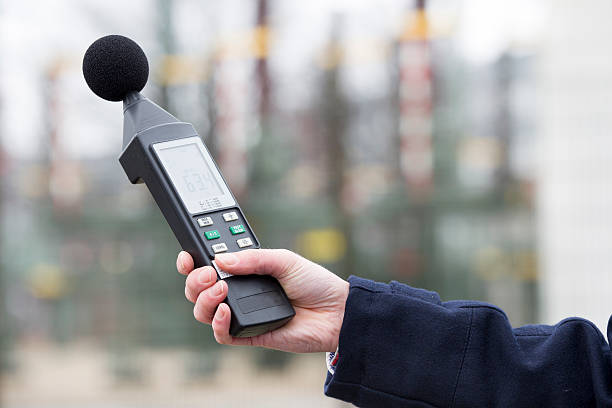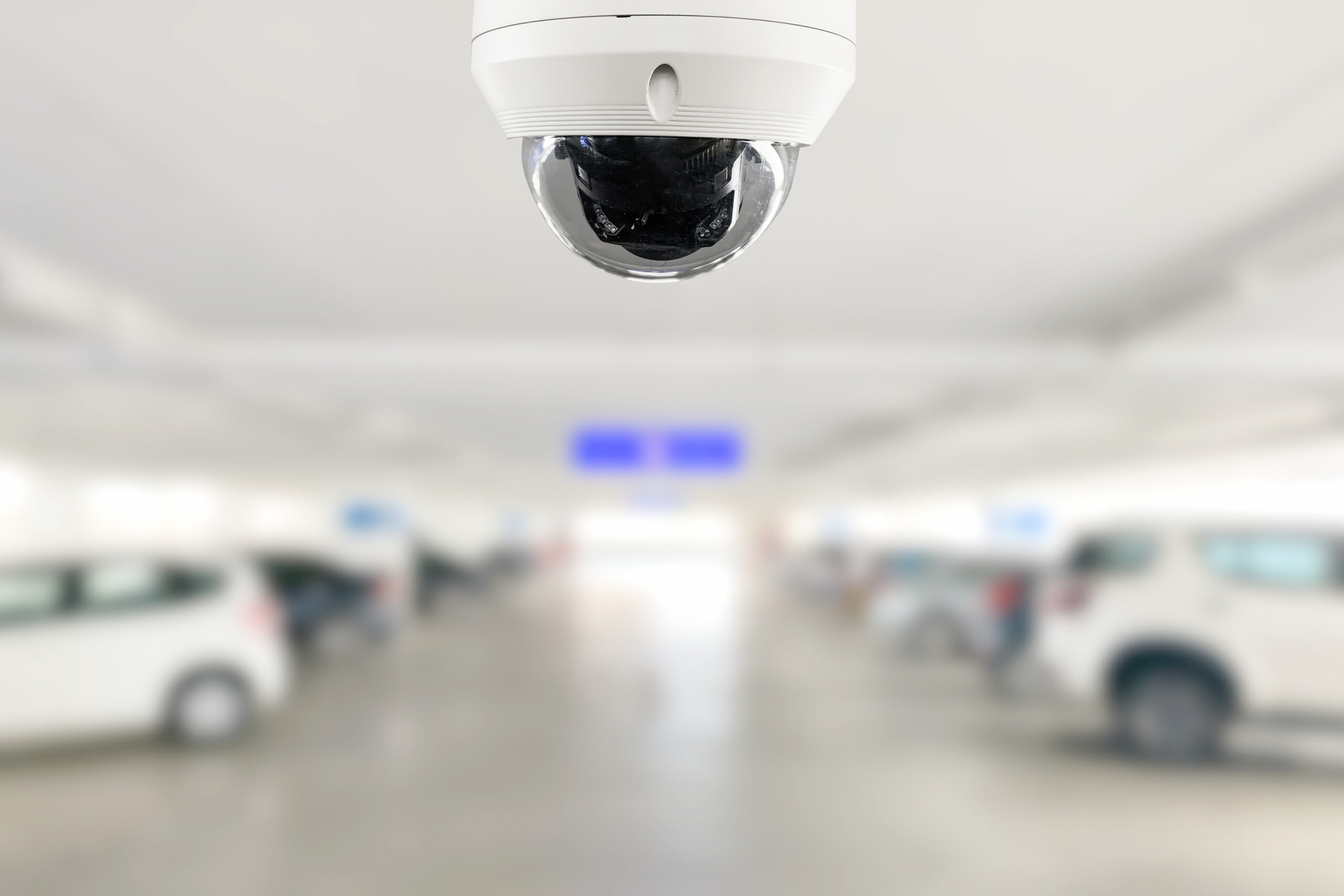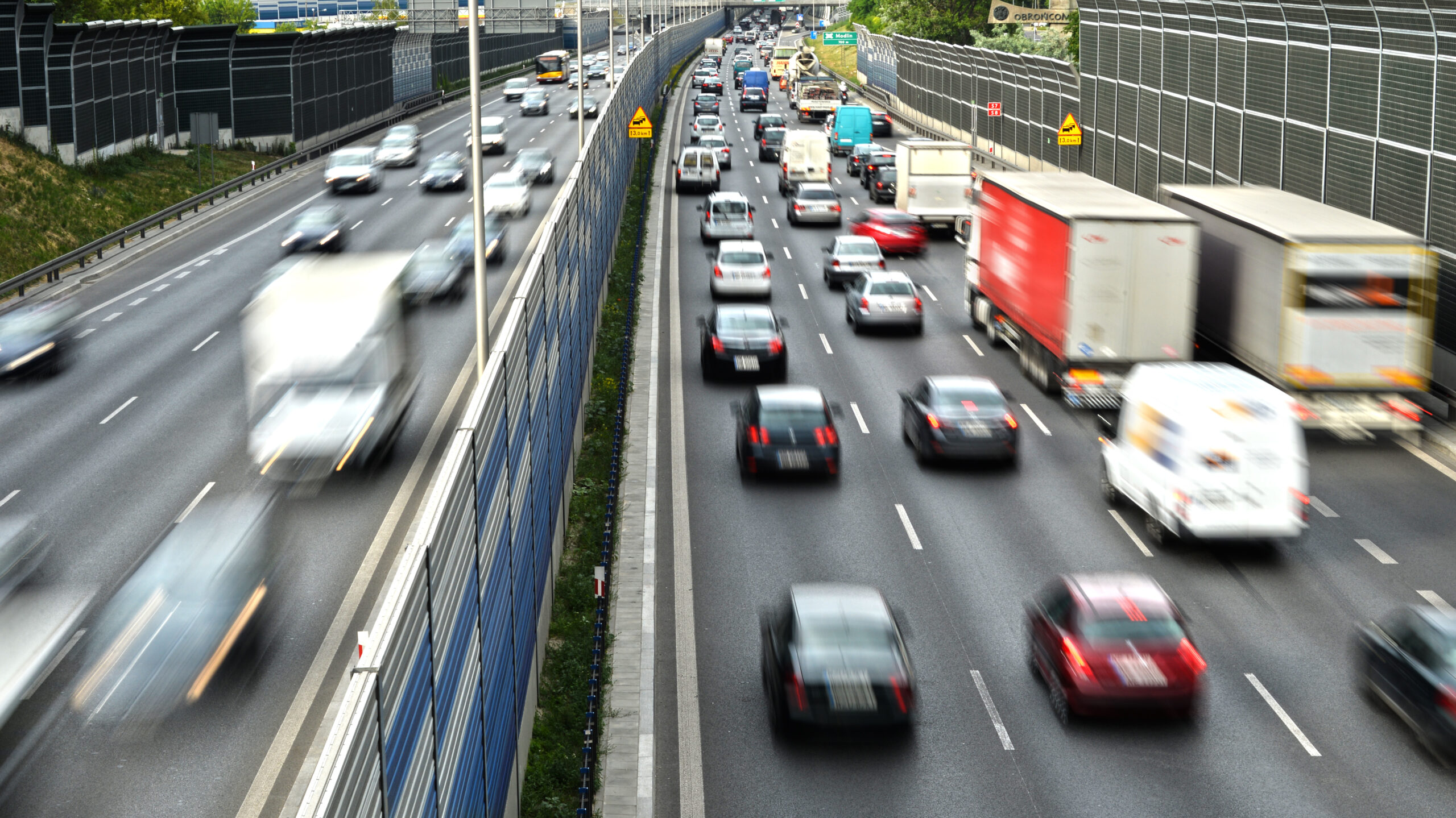How Auto Machine Learning Optimises Noise Sensors
Auto machine learning optimises noise sensors because it improves with every data intake ...

It has long been a goal of artificial intelligence to achieve sense-like qualities. Although computer vision and text recognition have effectively given robots the ability to see and read, sound analysis and recognition is a relatively young field of research that is still in its infancy. Sound recognition has the potential to spark new waves of innovation, much like computer vision and natural language processing have.
Although there are many interesting and diverse possible applications, environmental monitoring seems to be the most promising. Sound monitoring has significantly improved through the measuring of sound levels and reduces the adverse consequences of excessive noise, due to noise monitors. Thanks to the integration of sound recognition AI, we can now analyse noises in a fully automated and incredibly precise manner, which takes things a step further and moves us closer to a calmer and more peaceful world
The limits of noise sensors
Performance improvement is one of the main challenges facing environmental monitoring. Effective noise sensors must be able to precisely identify and categorise different kinds of sounds in any given environment. This calls for a high standard of reliability, accuracy, and sensitivity.
Ideally, noise sensors would also be able to block out undesired sounds. Regrettably, errors in the data, data drift, and abrupt changes in the sound environment can all compromise the sensors’ accuracy. Noise pollution is a costly and significant problem that needs effective solutions.
Traditional hardware sensors have long been relied upon to measure noise levels, but in today’s ever changing world, they are insufficient. Performance disparities cannot be accepted in light of the growing globalisation and diversity of noise sources. Fresh approaches are required to solve this problem, that can keep up with the evolving state of noise pollution. While hardware sensors remain valuable, more sophisticated technologies must be used in partnership with them.
The Solution: Auto-Machine Learning
To begin with, let’s refresh our knowledge on machine learning and its purpose. In the artificial intelligence field, machine learning is the process of teaching computer algorithms to learn from data and generate predictions or judgements. For successful implementation, great expertise and technical proficiency are usually required.
On the other hand, auto machine learning (AutoML) is a technique that makes it possible for machine learning models to be trained and optimised automatically, with little need for significant human intervention. AutoML is akin to a machine learning shortcut, utilising automated techniques to identify and optimise the most suitable machine learning models and algorithms for a given task. This means that anyone can use it to create machine learning models, without the need for prior experience with data science or programming.
To put it simply, an algorithm performs better the more data it receives over time. The availability of large datasets is one of the primary forces behind AutoML. Machine learning models are able to identify patterns and relationships that are difficult for humans to recognise when they have access to vast volumes of data.
This then allows the models to develop more precise assumptions and to streamline more complex tasks. Auto-machine learning allows AI to more accurately analyse sounds without incurring additional costs for improvement.
Benefits of Auto-Machine Learning to the Standard Noise Sensor
Noise analysis is a critical component of ensuring public health and safety in many settings, from industrial workplaces to residential neighbourhoods. However, traditional noise analysis methods can be time-consuming and require a lot of manual intervention.
That’s where Auto Machine Learning (AutoML) comes in. By automating much of the noise analysis process, AutoML can offer significant benefits over traditional methods. Here are just a few:
An essential part of maintaining public health in safety in a variety of circumstances
Speed
With AutoML, noise analysis can be performed faster than with traditional methods, allowing for quicker identification of potential noise hazards and timely interventions.
Accuracy
AutoML can identify patterns and trends in noise data that might not be immediately apparent to the human ear. This can lead to more accurate and informed decision-making, allowing for more effective noise management and mitigation.
Efficiency
By automating the selection and optimisation of machine learning algorithms, AutoML frees up noise monitoring professionals to focus on interpreting the results and making informed decisions based on the data. This can improve efficiency and reduce the workload on human operators.
-
- Accessibility:
AutoML makes machine learning more accessible to a wider range of people and organisations, including those without a background in data science or programming. This means that more people can contribute to noise analysis efforts and make use of the insights generated by machine learning models.
-
- Scalability
AutoML can be used to analyse large datasets quickly and efficiently, making it a great option for noise-monitoring applications that require monitoring over a wide area or over long periods of time. This scalability can enable more comprehensive and accurate noise analysis, leading to improved public health and safety outcomes
Our Technology: Auto ML integration into Noise Sensors
Our Auto Machine Learning (AutoML) platform for sound analysis offers powerful features that can make noise monitoring and management more efficient and effective. Specifically:
-
- Auto-Tag: With our platform, you can automatically assign descriptive labels to acoustic events with more than 500 categories (e.g. voice, animal, vehicle). This can help you quickly identify and categorise different types of noise events, enabling more informed decision-making and targeted noise management interventions.
-
- Detect: Our platform can identify specific events of interest in an audio recording. Using our API, you can flag specific sounds or patterns that you want to monitor for, such as the sound of a particular piece of equipment or the presence of a specific event. This can help you quickly detect potential noise hazards and take action to address them.
-
- Retrieve: Our platform can group together similar audio events based on their acoustic features. This enables you to identify trends and patterns in noise data that might not be immediately apparent to the human ear. By leveraging these insights, you can implement more effective noise management and mitigation efforts, improving public health and safety outcomes.
Final Thoughts
The integration of Auto Machine Learning (AutoML) into noise sensors can revolutionise sound monitoring and management. While traditional hardware sensors have been relied upon to monitor noise levels, they are no longer sufficient in our rapidly-evolving world. AutoML can automate much of the noise analysis process, allowing for quicker and more accurate identification of potential noise hazards and timely interventions.
AutoML also makes machine learning more accessible to a wider range of people and organisations, enabling more comprehensive and accurate noise analysis, and leading to improved public health and safety outcomes. Our AutoML platform for sound analysis offers powerful features, including Auto-Tag, Detect, and Retrieve, that can make noise monitoring and management more efficient and effective.
With the integration of sound recognition AI, we can create a fully-automated and highly accurate system for analysing sounds, ushering in a new era of innovation in environmental monitoring.
Subscribe to our newsletter
See why business of all sizes use Risso AI for sound analysis

